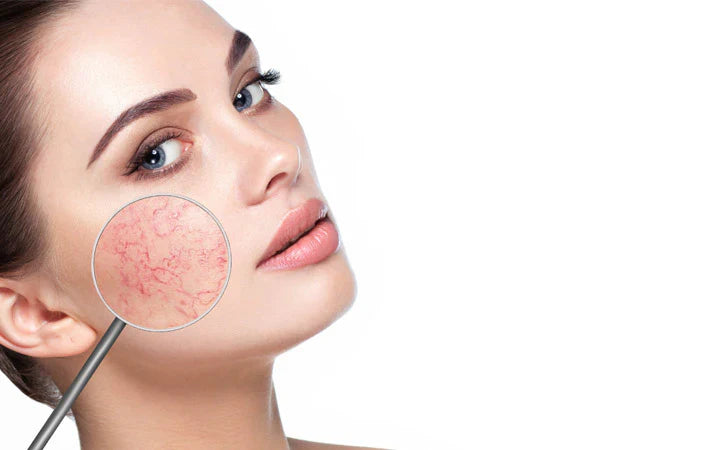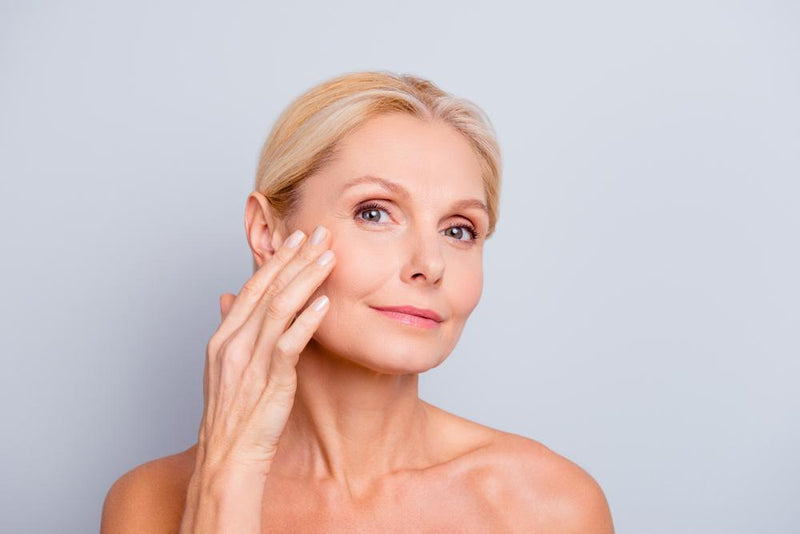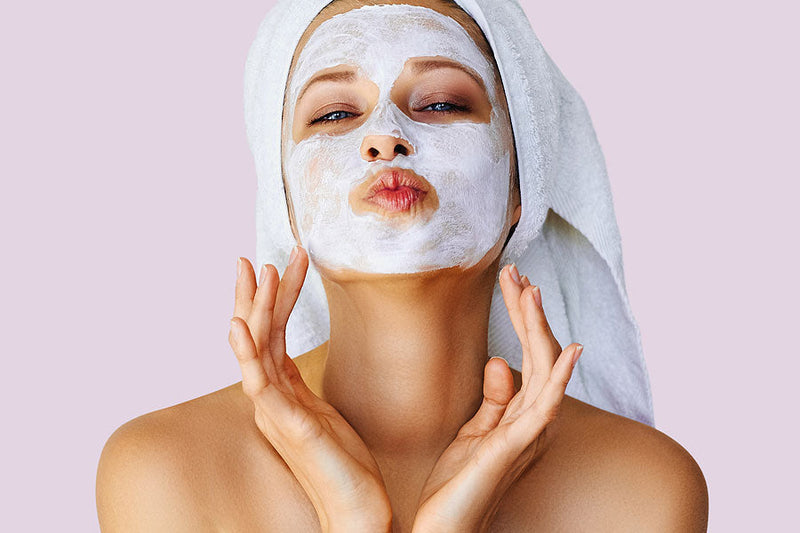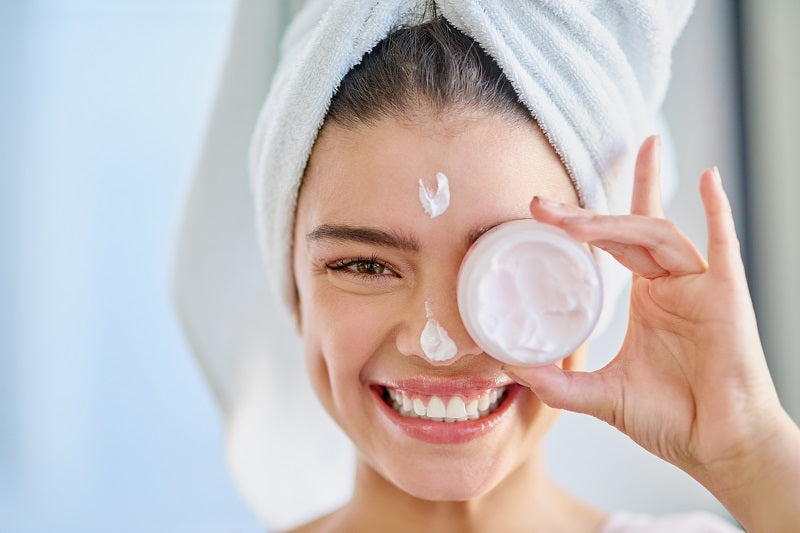

Double Cleansing Decoded: The Dermatologist-Approved Way to Purify Without Stripping
You wash your face every night—so why do you still wake up with clogged pores, dullness, or residual makeup? The answer lies in a simple yet transformative ritual: double cleansing. Originating in Korean skincare but now embraced by dermatologists worldwide, this two-step method ensures your skin is truly clean—without the tightness, dryness, or barrier damage caused by harsh single cleansers.
Contrary to popular belief, double cleansing isn’t about washing your face twice with the same product. It’s a strategic sequence: first, an oil-based cleanser dissolves oil-soluble impurities (sunscreen, makeup, sebum, pollution); second, a water-based cleanser removes water-soluble debris (sweat, dirt, residual cleanser). When done correctly, it leaves skin purified, balanced, and primed for serums and treatments—never stripped.
Why Single Cleansing Isn’t Enough
Modern skincare and environmental challenges demand more than a basic face wash:
- Water-resistant sunscreens require oil to break down their film-forming polymers.
- Long-wear makeup contains silicones and waxes that won’t budge with foaming cleansers alone.
- Urban pollution (PM2.5, heavy metals) binds to skin oils and penetrates pores.
- Sebum oxidation creates stubborn residues that contribute to blackheads and inflammation.
A single water-based cleanser often leaves behind a film of these impurities—leading to congestion, breakouts, and reduced efficacy of your nighttime actives. Double cleansing solves this at the root.
The Science Behind the Two Steps
Step 1: Oil-Based Cleanser (Lipophilic)
Uses the principle “like dissolves like.” Oils, balms, or milks emulsify and lift away:
• Sunscreen (especially chemical and hybrid formulas)
• Makeup (foundation, mascara, lipstick)
• Sebum and squalene oxidation byproducts
• Lipid-soluble pollutants
Step 2: Water-Based Cleanser (Hydrophilic)
Removes what Step 1 can’t:
• Sweat and salt
• Water-based serums or toners
• Residual cleansing oil (if not fully rinsed)
• Environmental particulates
Together, they achieve 99% impurity removal—vs. 60–70% with single cleansing (per clinical imaging studies).
Your Step-by-Step Double Cleansing Protocol
- Start with dry hands and dry face. Oil-based cleansers work best on dry skin—they can’t emulsify properly if diluted with water.
- Apply a nickel-sized amount of cleansing balm or oil. Massage gently for 60 seconds, focusing on T-zone, hairline, and jawline where buildup accumulates.
- Emulsify with a few drops of water. The oil should turn milky—this signals it’s ready to rinse.
- Rinse thoroughly with lukewarm water. No residue should remain. Pat face dry with a clean towel.
- Apply your water-based cleanser. Use a pea-sized amount, massage for 30 seconds, then rinse completely.
- Pat dry and proceed with toner/serum. Never skip moisturizer—even oily skin needs barrier support after cleansing.
“Double cleansing isn’t optional if you wear sunscreen or makeup. It’s the foundation of skin health—because you can’t treat what you haven’t cleaned.” — Dr. Naomi Chen, Board-Certified Dermatologist
Choosing the Right Cleansers for Your Skin Type
Oily / Acne-Prone
Step 1: Lightweight cleansing oil with squalane + salicylic acid
Step 2: Gel cleanser with niacinamide and tea tree oil (pH 5.0–5.5)
Dry / Sensitive
Step 1: Balm with shea butter + ceramides
Step 2: Cream cleanser with glycerin and oat extract (fragrance-free)
Combination
Step 1: Milky cleanser with jojoba oil
Step 2: Foam-free gel-cream with hyaluronic acid
Mature
Step 1: Balm with camellia oil + vitamin E
Step 2: Silky cleanser with peptides and panthenol
What to Avoid During Double Cleansing
Even with the right products, technique matters. Steer clear of:
- Hot water: Strips natural oils and triggers inflammation. Use lukewarm only.
- Harsh scrubbing: Massage with fingertips—never washcloths or brushes during Step 1.
- Sulfate-heavy cleansers (SLS/SLES): Disrupt barrier lipids. Opt for amino acid-based surfactants.
- Over-cleansing: Double cleanse only at night. Morning = water or gentle splash cleanse.
- Fragranced oils: Essential oils (like citrus or mint) can sensitize skin over time.
Myth Busting: Double Cleansing Edition
Myth: “Double cleansing is too much for oily skin.”
Truth: Oily skin benefits most! Removing sebum oxidants prevents clogged pores. Just choose lightweight, non-comedogenic formulas.
Myth: “I don’t wear makeup, so I don’t need it.”
Truth: Sunscreen and pollution alone require oil-based removal. Skipping Step 1 leaves a film that blocks actives.
Myth: “Cleansing oils cause breakouts.”
Truth: Non-comedogenic oils (squalane, jojoba, sunflower) are safe for acne-prone skin. They dissolve pore-clogging sebum without residue.
When to Skip Double Cleansing
While ideal for nightly use, double cleansing isn’t always necessary:
- Morning routine: Splash with water or use a single gentle cleanser.
- Post-workout: If you didn’t wear SPF/makeup, a single pH-balanced cleanser suffices.
- During barrier repair: If skin is severely compromised, pause Step 2 and use only a soothing balm until healed.
The Environmental Impact: Sustainable Double Cleansing
Eco-conscious brands now offer:
- Waterless cleansing balms: Solid formats reduce plastic and shipping emissions.
- Upcycled oils: Jojoba from agricultural waste, squalane from sugarcane.
- Refillable systems: For cleansing oils and pumps.
- Biodegradable formulas: Free from PEGs and synthetic polymers that pollute waterways.
Clean skin shouldn’t cost the earth.
FAQs: Your Double Cleansing Questions, Answered
Can I use micellar water as Step 1?
Not ideally. Micellar water doesn’t emulsify or rinse away—it leaves surfactants on skin. Use only if traveling, and always follow with Step 2.
How long should I massage the oil cleanser?
60 seconds minimum. This ensures full emulsification of sunscreen and makeup. Set a timer if needed!
Do I need to double cleanse if I only wear mineral sunscreen?
Yes. Mineral sunscreens (zinc/titanium) bind to skin oils and require oil to lift them effectively.
Can I double cleanse with just one product?
No. True double cleansing requires two distinct mechanisms. “2-in-1” cleansers compromise both steps.
The Dermatologist’s Verdict
In clinical practice, dermatologists see fewer cases of clogged pores, milia, and reactive skin in patients who double cleanse correctly. It’s not a trend—it’s a standard of care for modern skin health. By respecting the science of solubility and barrier integrity, you create the cleanest possible canvas for all your skincare investments.
Final Takeaway
Double cleansing is the unsung hero of effective skincare. It’s not about extra steps—it’s about effective steps. When you remove every trace of the day’s aggressors without stripping your skin’s natural defenses, you unlock clearer pores, brighter tone, and better absorption of every serum and treatment that follows. Start tonight: oil first, water second, radiance always.
Because truly clean skin isn’t tight or squeaky—it’s balanced, calm, and ready to glow.


















